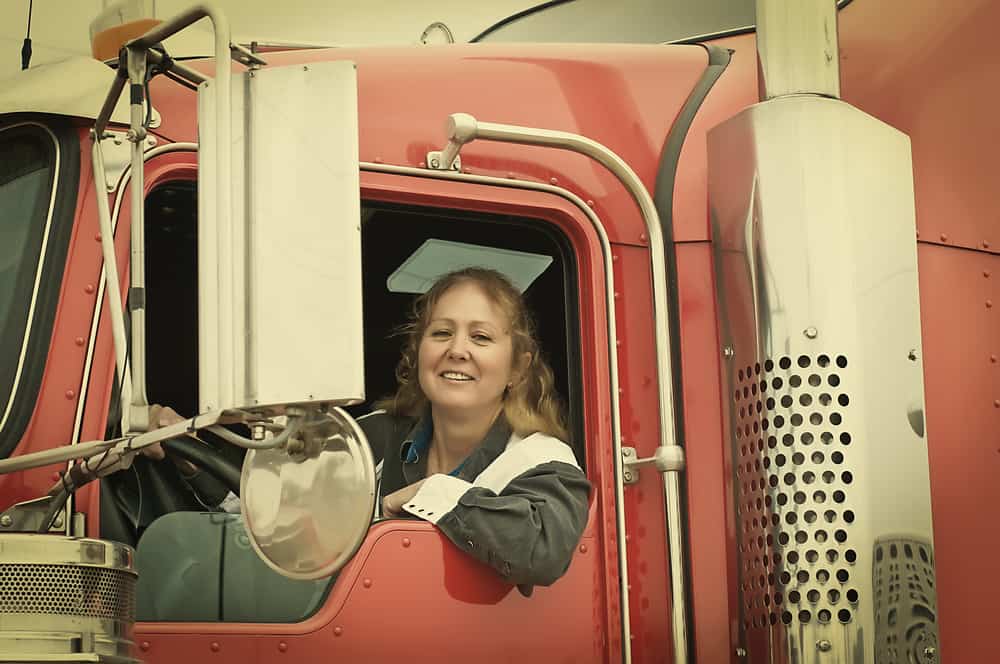
Whether you call it a driver shortage or a driver squeeze, it’s no secret that the trucking industry is struggling to attract and keep qualified drivers. In fact, motor carrier executives reported that the driver shortage was their number one concern in 2017, according to an annual survey conducted by the American Transportation Research Institute.
This is the first time driver shortage topped the list in over a decade, making its last appearance in 2006. When the list was released last October, FreightWaves Managing Editor Brian Straight reported the driver shortage was about 50,000 but expected to balloon in the coming years.
ATRI Vice President Dan Murray reiterated that prediction during a presentation at the 2018 TrueNorth Transportation Risk Summit. He presented a graph predicting the shortage could climb continually, eventually reaching about 170,000 in 2026.
While things like bonuses and increased pay are already being employed by fleets to attract drivers, the shortage continues to worsen. Murray suggested recruiting largely untapped demographics to further remedy the issue.
If carriers can get women and young people on board, they may be one step closer to stopping the driver shortage in its tracks. Over 50 percent of the nation’s drivers are over the age of 45, with people under 24 making up only 4 percent of drivers on the road. Women do not fare much better, accounting for 7.89 percent of drivers at the end of 2017, according to a previous FreightWaves report.
Ushering in the next generation
The Department of Transportation recently announced a pilot program that will allow military veterans and reservists between the ages of 18 and 20 to operate commercial vehicles that cross state lines. Drivers in this age group are already to permitted to operate commercial vehicles intrastate across the entire lower 48.
The Federal Motor Safety Administration first proposed a similar program in 2016.
FreightWaves Staff Writer Maria Baker reported that, according to the FMCSA, this study aims to make two important determinations:
“(1) whether the safety outcomes of drivers, under the age of 21 with military experience, operating heavy vehicles in interstate commerce are similar to the safety outcomes of drivers between the ages of 21 to 24, and
(2) how training and experience impact the safety of the 18 to 20 year-old driving population.”
The start date of the pilot program has not yet be announced, but ATRI is working to develop an assessment tool that could identify promising young drivers independent of military service.
This Younger Driver Assessment Tool could prove particularly useful when recruiting young drivers because most military veterans are not under the age of 21, and many potential drivers are likely lost between the ages of 18 to 20 when they enter alternative career paths and do not consider trucking again once they are old enough to drive interstate. The tool could remove that barrier to entry, according to Murray.
The assessment tool is intended to identify the drivers between 18 and 20 who have the potential to be safe drivers.
The tool identifies and tests for several physical and cognitive factors known to make drivers more prone to crashes, but it also assesses the young drivers for traits that are commonly found in older drivers with strong safety records.
The goal is to identify ideal drivers at a younger age. The tool is currently in the testing phase.
Welcoming more women
Murray noted that while women make up a very small number of drivers on the road, female drivers are safer than male drivers in every statistically significant behavior, with men 20 percent more likely to be involved in crashes than women.
Men are 88 percent more likely to have a reckless or negligent driving conviction, 78 percent more likely to have a seat belt violation, 73 percent more likely to be convicted of running a stoplight and 70 percent more likely to be convicted of speeding one to 15 miles over the speed limit, according to Murray’s presentation.
FreightWaves Staff Writer Chad Prevost reported on the safety of female drivers versus male drivers earlier this year.
“Of 1,840 drinking-driving offenses over the past two years, 84 percent (1,543) involved men and of 1,703,079 incidents where speeding points were given, 69 percent were men. Men were guilty of 78 percent of recorded offenses involving motorway speeding,” Prevost reported. “Even assumptions about women’s fondness for texting are disrupted by the figures. Men hold 82 percent of penalty points handed out for inappropriate mobile phone use.”
Few programs aimed at recruiting more female drivers exist.










